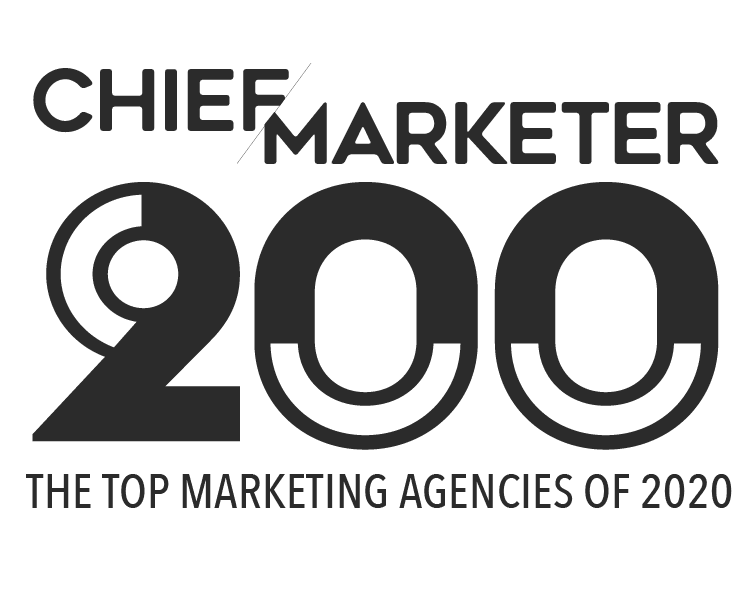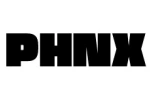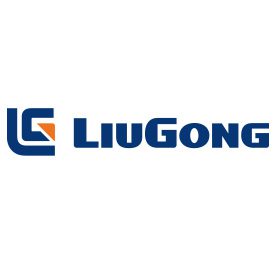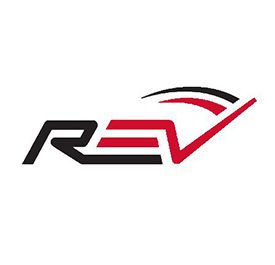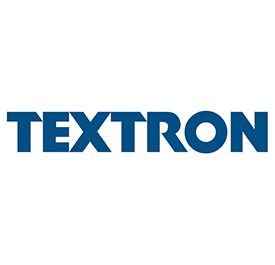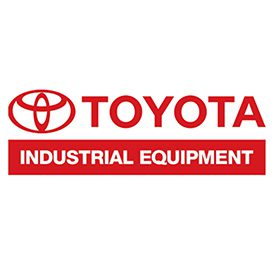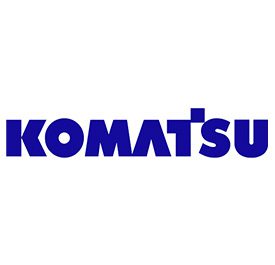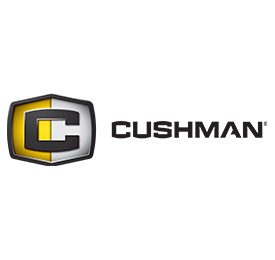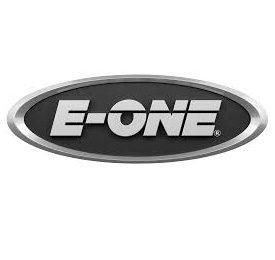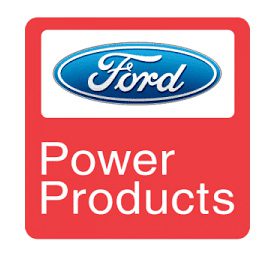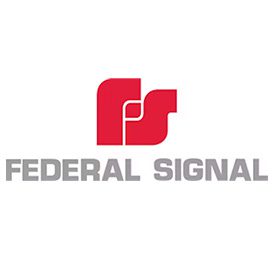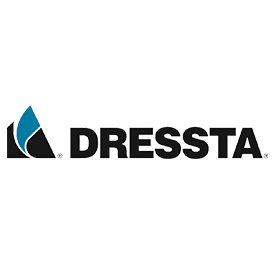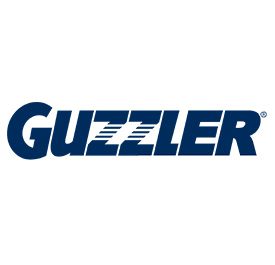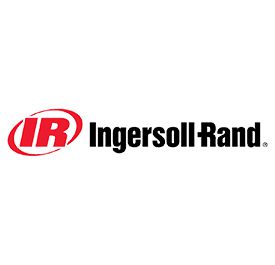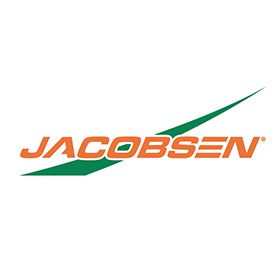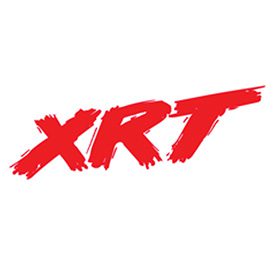
For more than 50 years, Nelson Schmidt has been the trusted partner for mobile machinery and specialty vehicle OEMs, delivering tailored marketing solutions to tackle even the most complex challenges. Industry leaders like Komatsu and Polaris, as well as challenger brands like LiuGong and Dressta, have leveraged our OEM marketing methodology to navigate their multi-step distribution models and achieve substantial business growth.
What We Do for Your Business
Strategically Market OEMs for Rapid Revenue Growth
We helped LiuGong North America increase revenue by nearly 600% in five years using a strategic mix of direct-to-market approaches and channel marketing initiatives.
Competitively Position Challenger OEM Brands
We repositioned Toyota’s fledgling forklift division, bringing them from 7th in U.S. market share to 2nd, and setting the foundation for their #1 position today.
Strengthen Dealer Recruitment and Development
We helped Chinese construction equipment manufacturer LiuGong gain a significant footprint in North America, increasing their dealer coverage by 325% in just three years.
Close the Gap Between OEM and Dealer Marketing
We recalibrated dealer co-op marketing for GEM, a first-to-market manufacturer of small commercial EVs, driving thousands of sales inquiries to dealers in six months.
Expand Brands Into New Industries and Categories
We guided Polaris Industries into their first non-consumer category, introducing the BRUTUS UTV brand to the commercial and agricultural markets.
Establish Direct, Channel-Adjacent Routes to Market
We supported direct-to-consumer sales for a large U.S. manufacturer, helping them launch an ecommerce strategy without disrupting existing channel relationships.

“Nelson Schmidt has a proven track record of solving the key marketing challenges faced by OEMs. I’ve relied on their expertise to build equipment brands, recruit dealers, generate sales leads and much more. There’s no other firm like them in the industry.”
Chris Saucedo
Principal
Capstone Machinery Consultants International, LLC
Let’s Get to Work
Let’s talk about a challenge your team could use an OEM-experienced, strategic marketing partner to help solve. Fill out the form and we’ll contact you to set up a virtual introductory meeting with the Nelson Schmidt team.
"(Required)*" indicates required fields
THE OEMS WE HELPED BUILD
WORLD-RECOGNIZED OEM WORK
Our work for mobile machinery and speciality vehicle OEMs is consistently recognized as the best in the world by leading marketing associations and global advertising award shows for its strategy, creativity and business outcomes.



